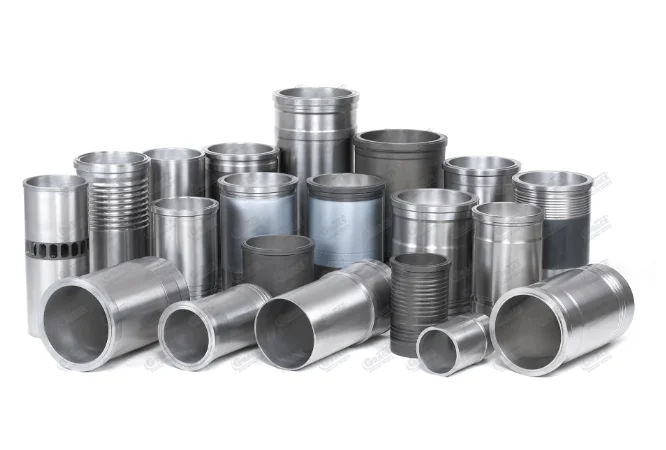To provide a suitable sturdy companion for the piston, cylinder liners are inserted into the bore region of internal combustion engines. These liners must have appropriate sliding qualities, wear resistance, and thermo-mechanical behavior during operation. For automotive applications, pre-manufactured cylinder liners may be cast into or manually placed into aluminum engine blocks or created as replaceable parts in more giant diesel blocks. Compression molding is typically used to develop Cylinder Liner out of grey or alloyed-grey iron. Here you can look into the benefits of thin-layer coatings for cylinder liners:
Contents
Manufacturing Process
With cylinder liner manufacturers in India, the cylinder liner is brought to the desired cylinder shape, ovality, and taper parameters. Nevertheless, following installation in the cylinder block and the cylinder head bolts’ tightening, the cylinder liner’s body is altered. Physical and chemical properties of lubricants, anti-wear and anti-pressure characteristics of lubricants, and features of the surfaces of sleeves and rings frequently cannot stop severe wear and destruction of rubbing surfaces, which manifests as rubbing, teasing, and cauterization on sleeves and rings.
Lubrication
The inner surface of the sleeve is lubricated with spray and oil mist, and occasionally it might be coated with phosphate or porous chromium to promote burn-in. When a metal-coating layer spontaneously develops on rubbing surfaces in the contact zone, selective transfer during friction has a favorable effect. With cylinder liner manufacturers in India, it is possible to achieve zero wear of components under demanding transfer conditions and coefficients of conflict comparable to liquid friction by forming a metal-coating film that isolates the rubbing surfaces even under heavy loads.
Reducing The Wear Of Rubbing Surfaces
Usually, simple techniques are used to generate selective transfer conditions, which reduce the wear of rubbing surfaces:
- adding chemicals to the oil that include copper;
- applying a non-ferrous metal coating
- Installation of inserts made of non-ferrous metals in machine parts.
It is recommended to use a self-working coating of an unloaded gas joint on the cylinder liner. Because it adheres well to the cylinder surface and, when working as a result of the removal of the rings, creates a form that ensures a perfect fit of the rings’ entire surface to the sleeve. Cylinder Liner Manufacturers In India offer good burn-in characteristics in cylinder liner and work in conjunction with compression rings and pistons without rubbing or teasing.
Process Of Launting
Process liquid, a mixture of glycerol and metal chlorides is used as an activating solution in this process. One unique benefit of internal combustion engines with this cylinder liner treatment is that the layer does not need final processing and may be applied during installation in any environment when putting together a new machine or repairing one.
Bottom Line
The operational characteristics could be improved by removing grates and teasers during the burn-in process when using the liner coating. Manufacturing of cylinder liners are based on the findings of samples with brass coatings applied in two different ways that were tested in the lab and on a test bench.




